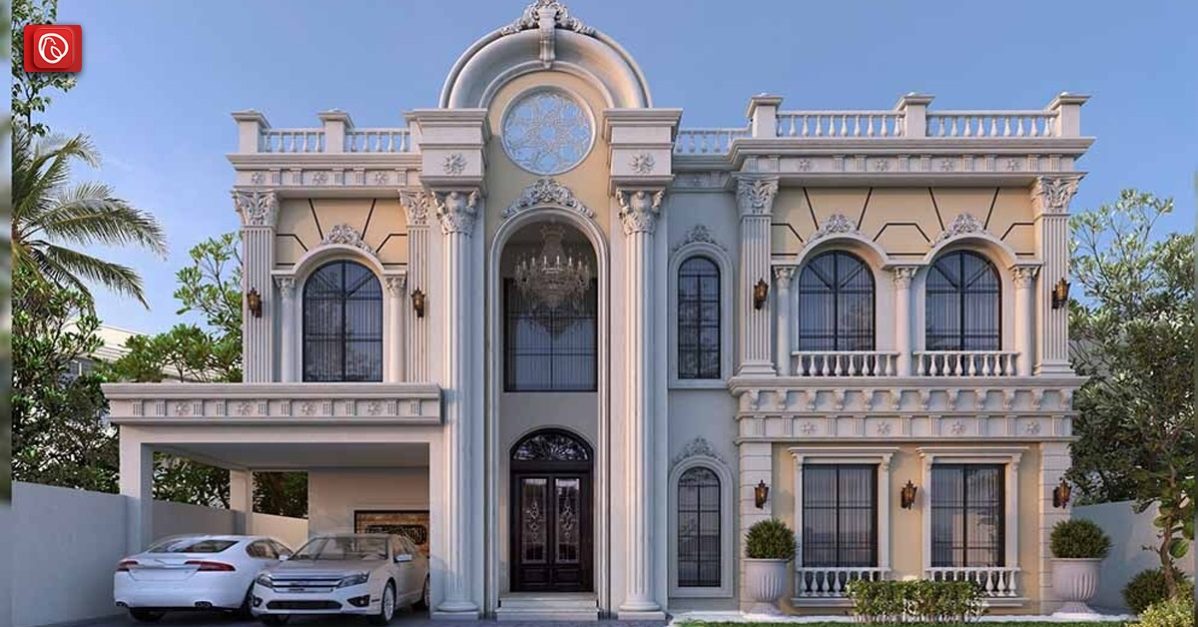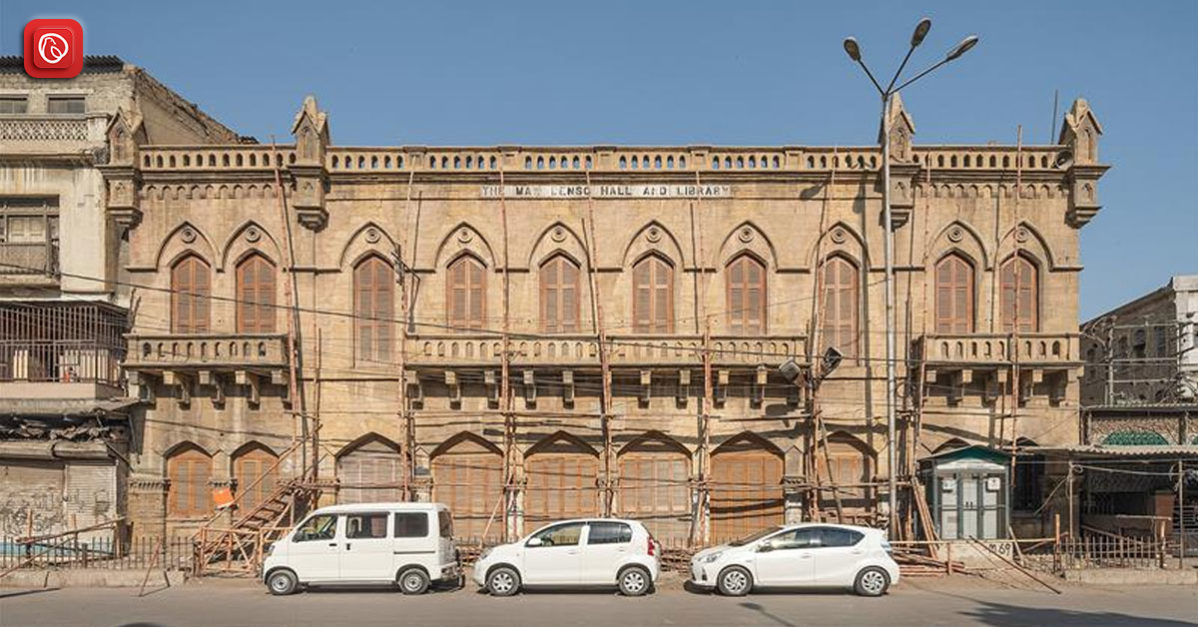When it comes to architectural design, Spanish houses have a unique charm that attracts both homebuyers and investors. The combination of modern features and traditional elements, such as clay tiles and wrought iron, creates a stunning aesthetic that is both timeless and elegant.
Graana.com gives a detailed overview of Spanish architecture below, along with its most popular house designs.
Traditional Spanish Architecture
Influence of Mediterranean Style
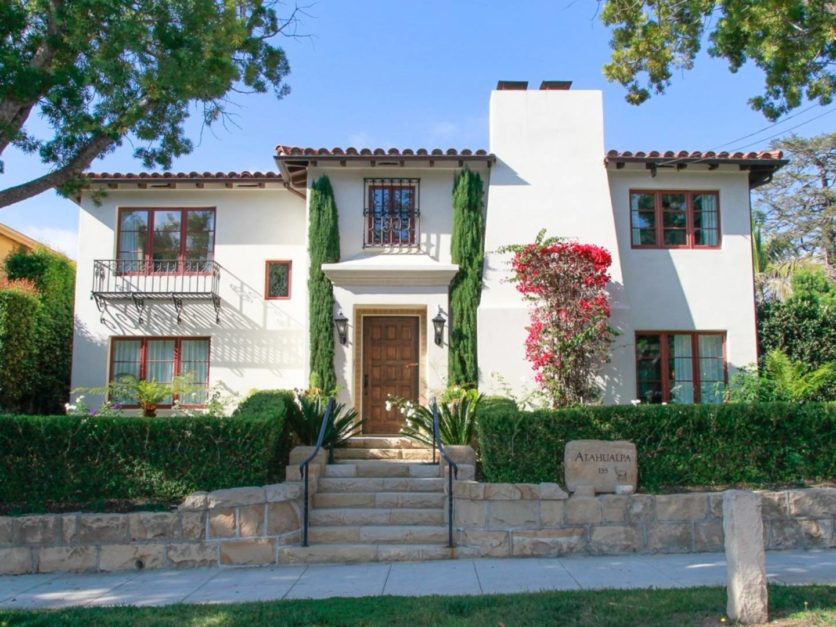
Traditional Spanish architecture draws significant inspiration from the Mediterranean style. It embraces characteristics such as white stucco walls, red clay tile roofs, and arched windows and doorways. The Mediterranean influence gives Spanish houses a rustic yet elegant appearance.
Prominent Exterior Features
Spanish houses are known for their distinct exterior features. These include different types of balconies, usually made of iron, ornamental ironwork on windows and doors, and decorative wooden shutters.
Interior Design Elements
The interior design of traditional Spanish houses often showcases hand-painted ceramic tiles, exposed wooden beams, and decorative plasterwork. These elements contribute to the warm and inviting ambience of Spanish homes. Additionally, rooms are typically arranged around a central courtyard, which serves as a focal point for family gatherings and entertaining guests.
Modern Spanish House Design
Incorporating Contemporary Trends
Modern Spanish house designs blend traditional elements with contemporary trends. They often feature clean lines, minimalist aesthetics, and seamless integration of indoor and outdoor spaces. This fusion creates a harmonious balance between old-world charm and modern functionality.
Emphasis on Natural Light
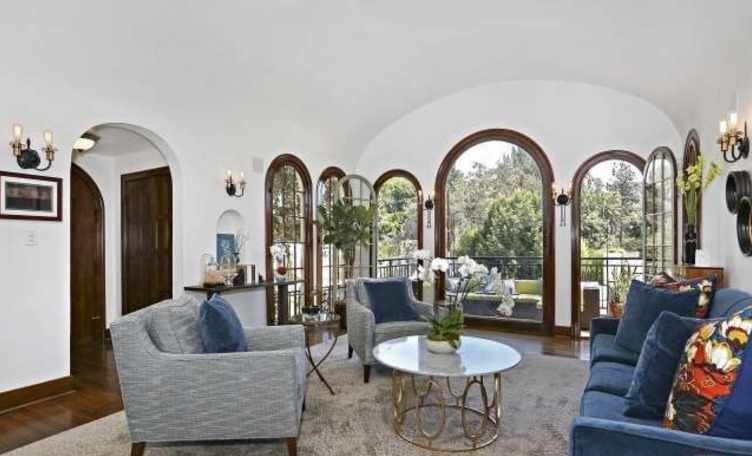
Modern Spanish houses prioritise ample natural light. Large windows, glass walls, and skylights are strategically incorporated to maximise the amount of sunlight entering the space. This design element enhances the overall visual appeal and promotes a sense of openness.
Open Floor Plans
Open floor plans are a key feature of modern Spanish house design. The seamless flow between living, dining, and kitchen areas allows for easy movement and encourages social interaction. This design concept is well-suited for contemporary lifestyles, where multifunctional spaces and connectivity are highly valued.
Spanish Colonial Revival
Blend of Spanish and Colonial Styles
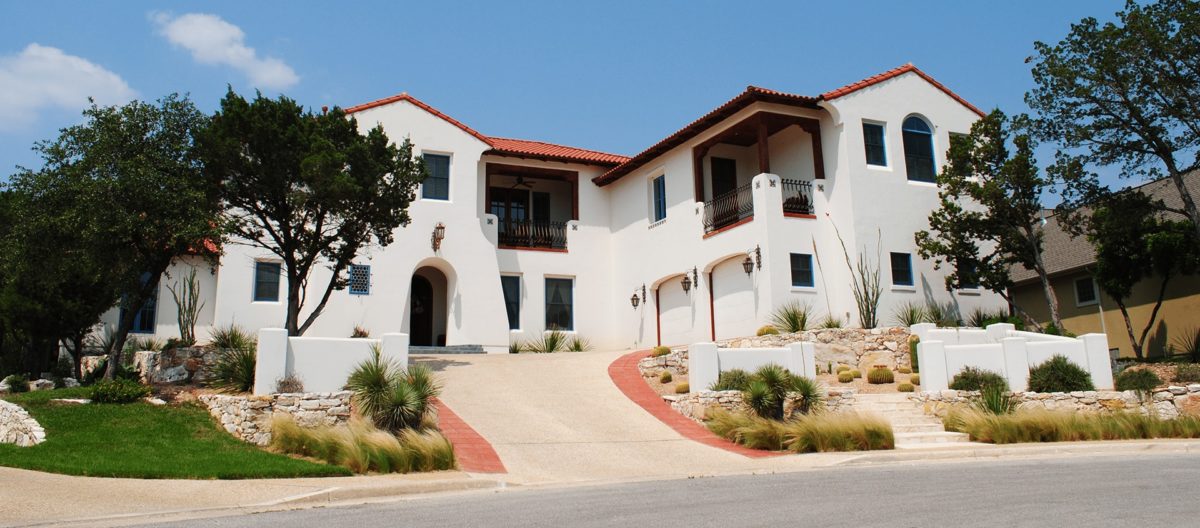
This architectural style combines elements of Spanish and colonial architecture. It became popular in the early 20th century, and is characterised by its grandeur, symmetrical facades, and elaborate detailing. It often features arched windows, wrought iron balconies, and decorative tilework.
Courtyards and Balconies
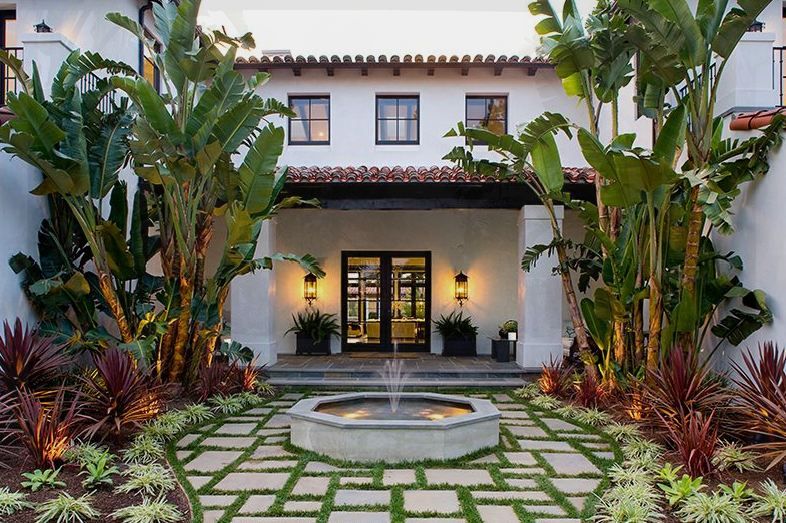
Courtyards and balconies play a significant role in Spanish colonial revival design. Courtyards provide a private outdoor space that connects different areas of the house, while balconies add a touch of elegance and serve as vantage points to admire the surroundings.
Elaborate Detailing
Elaborate detailing is a hallmark of Spanish colonial revival architecture. Intricate tile patterns, carved wooden doors, and ornate wrought iron accents are commonly found in these homes. These reflect the craftsmanship and attention to detail that define this architectural style.
Andalusian Architecture
Essence of Southern Spain
The Andalusian architecture captures the essence of Southern Spain, specifically the region of Andalusia. It is heavily influenced by Moorish and Islamic design elements. This style is characterised by the use of vibrant colours, decorative tilework, and horseshoe arches.
Arabic Influences
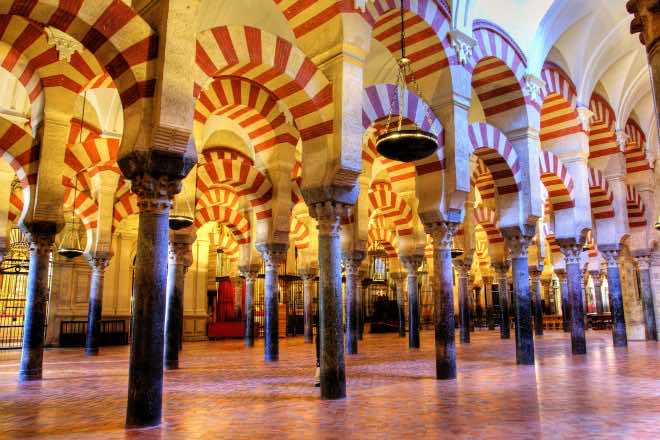
It also reflects the influence of Arabic architecture, with its intricate geometric patterns and decorative motifs. These elements can be seen in the stucco walls, tiled courtyards, and beautiful archways that adorn Andalusian-style homes.
Colourful Tiles and Arches
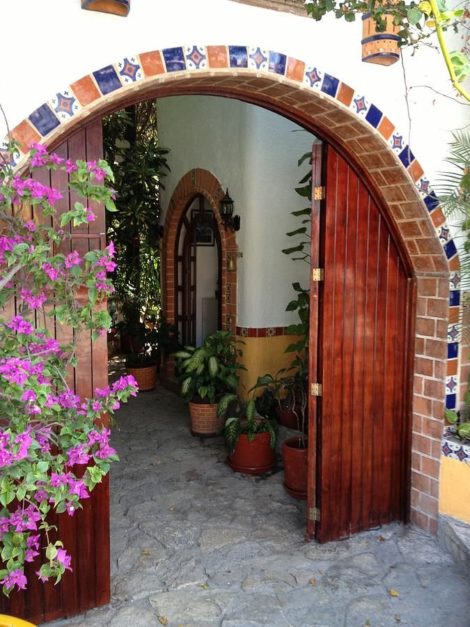
Colourful tiles and arches are signature features of Andalusian architecture. Hand-painted ceramic tiles are used to create stunning mosaic patterns, often adorning walls, floors, and staircases. Arches, both rounded and horseshoe-shaped, are incorporated throughout the design, adding a touch of elegance and visual interest.
Sustainable Spanish Houses
Eco-Friendly Materials
Sustainable Spanish houses prioritise the use of eco-friendly materials. This includes incorporating renewable resources, such as bamboo or reclaimed wood for flooring and furniture. Additionally, eco-friendly insulation, solar panels, and energy-efficient appliances are commonly integrated into the design to reduce energy consumption.
Energy-Efficient Design
Sustainable Spanish houses implement energy-efficient design principles. This includes strategically placing windows to maximize natural ventilation and minimize the need for artificial lighting. Furthermore, they utilize proper insulation and shading techniques to regulate indoor temperatures, reducing reliance on heating and cooling systems.
Integration of Nature
Sustainable Spanish houses incorporate features such as green roofs, vertical gardens, or indoor-outdoor living spaces that seamlessly blend with the natural surroundings. The integration of nature not only enhances aesthetics, but also promotes a healthier and more sustainable living environment.
Coastal Spanish Villas
Breathtaking Sea Views
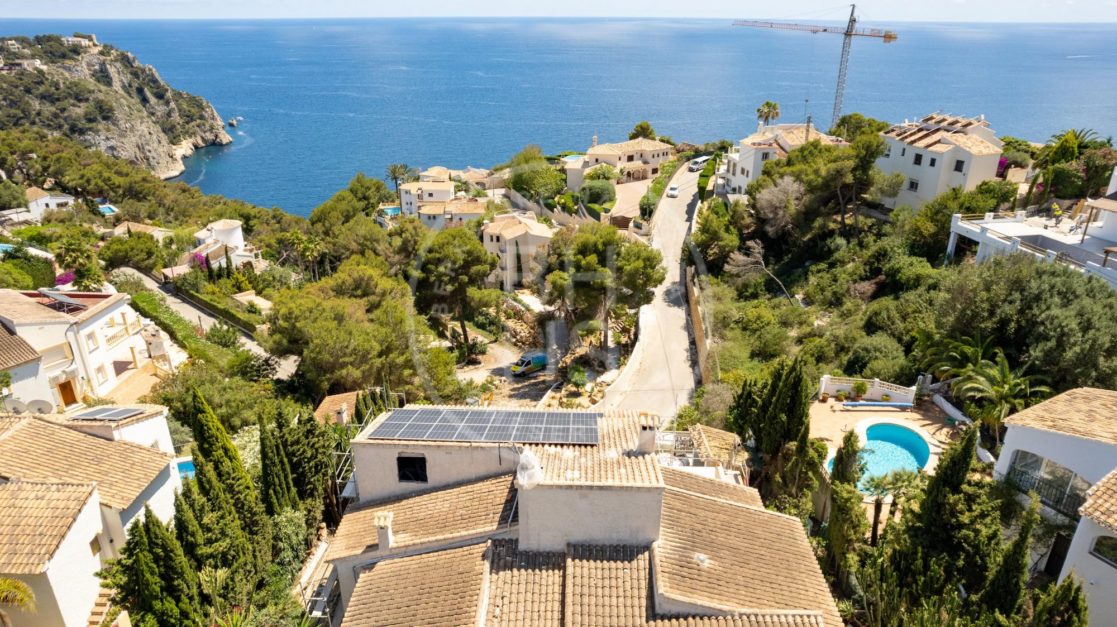
Designers incorporate large windows, expansive balconies, and rooftop terraces into Coastal Spanish villas to maximize stunning sea views, providing residents with panoramic vistas of the coastline.
Outdoor Living Spaces
Outdoor living spaces are a key feature of coastal Spanish villas. Designers strategically plan patios, verandas, and swimming pools to create areas for relaxation and entertainment. These spaces often feature comfortable seating, dining areas, and even outdoor kitchens, allowing residents to fully enjoy the Mediterranean climate.
Embracing the Surrounding Environment
Coastal Spanish villas embrace the surrounding environment by seamlessly integrating with the natural landscape. This may involve using earthy tones in the exterior design, incorporating native plants and landscaping elements, and utilising sustainable construction practices that minimise the impact on the coastal ecosystem.
Spanish Modernism
Avant-Garde Architecture
Spanish modernism embraces avant-garde architectural design. It often incorporates unconventional shapes, innovative materials, and experimental elements. This style aims to push the boundaries of traditional Spanish architecture, resulting in unique and visually striking structures.
Clean Lines and Geometric Shapes
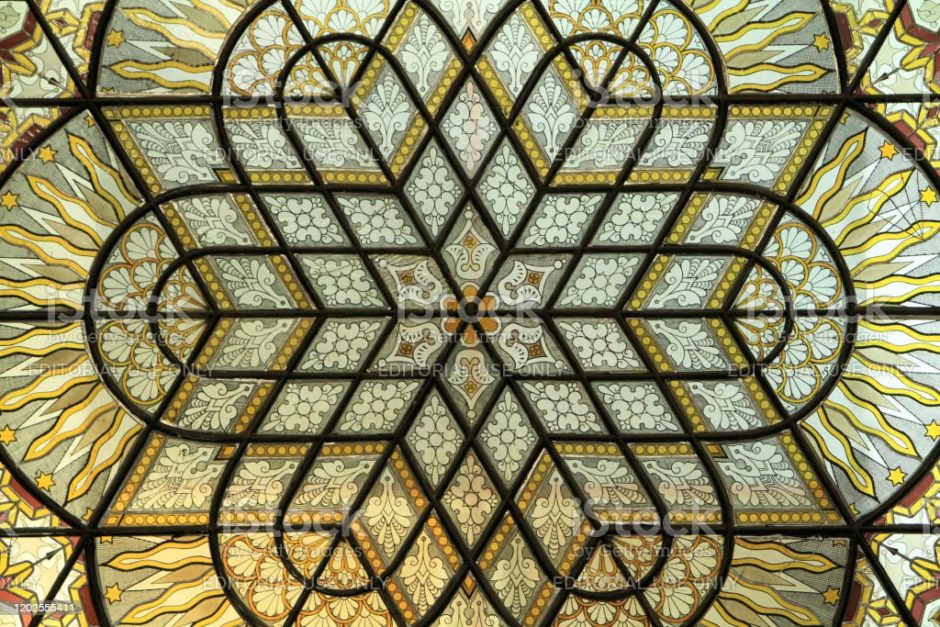
Clean lines and geometric shapes define the aesthetics of Spanish modernism. The emphasis is on simplicity and minimalism, with sleek facades and well-defined forms. This design approach creates a contemporary and sophisticated look that stands out in the architectural landscape.
Minimalist Interior Design
Spanish modernism extends to the interior design of homes as well. Minimalistic interiors with an emphasis on open spaces, neutral colour palettes, and uncluttered layouts are common in Spanish modernist houses. This design style prioritises functionality and simplicity while still adding a touch of elegance.
Key Elements of Spanish House Designs
Terracotta Roof Tiles
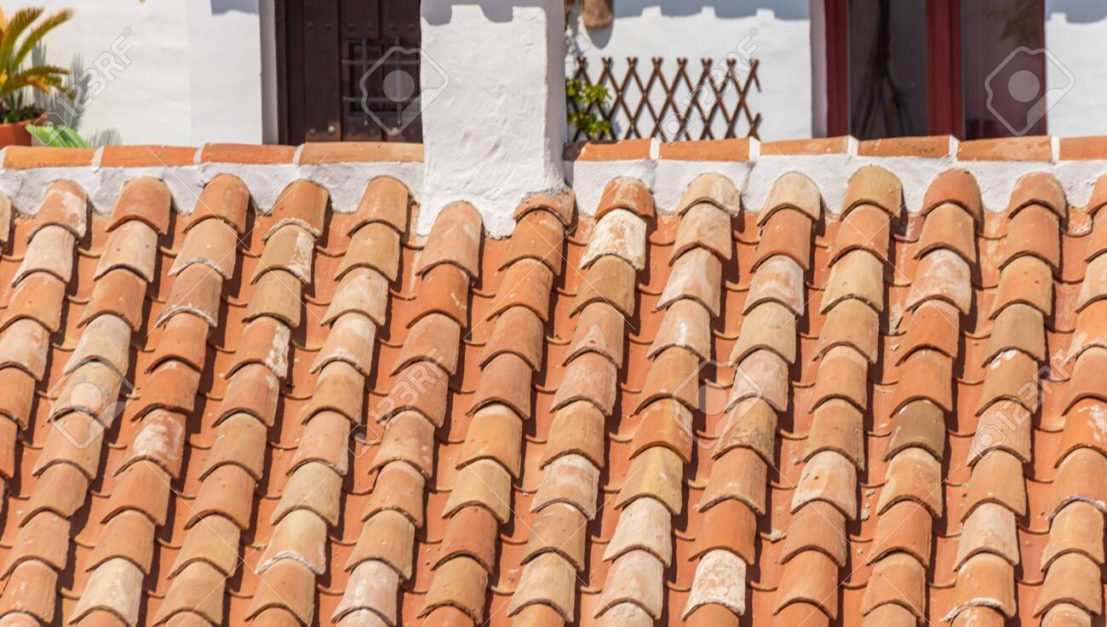
Terracotta roof tiles are a quintessential element of Spanish house designs. Their warm earthy tones complement the overall aesthetic, and provide a traditional and timeless look. These tiles also offer durability and weather resistance, making them well-suited for the Mediterranean climate.
Wrought Iron Accents
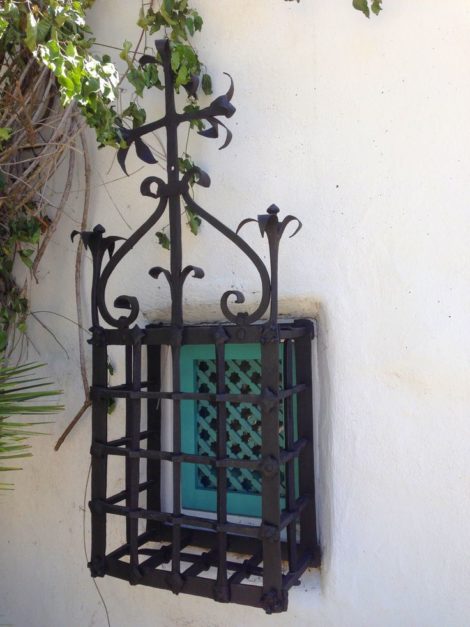
From ornate balconies and gates to intricate railings and light fixtures, wrought iron adds a touch of elegance and sophistication. These decorative elements create visual interest and contribute to the overall charm of Spanish homes.
Courtyards and Patios
Courtyards and patios serve as extensions of the living areas, providing a private and tranquil retreat. Lush greenery, colorful tiles, and water features frequently adorn them, while patios provide space for outdoor dining and relaxation.
Vibrant Colours
Architects often use these bold hues, from the rich blues of the Mediterranean Sea to the warm oranges and yellows reminiscent of the Spanish sun, to accentuate architectural details.
Tips for Decorating a Spanish House
Warm Earthy Tones
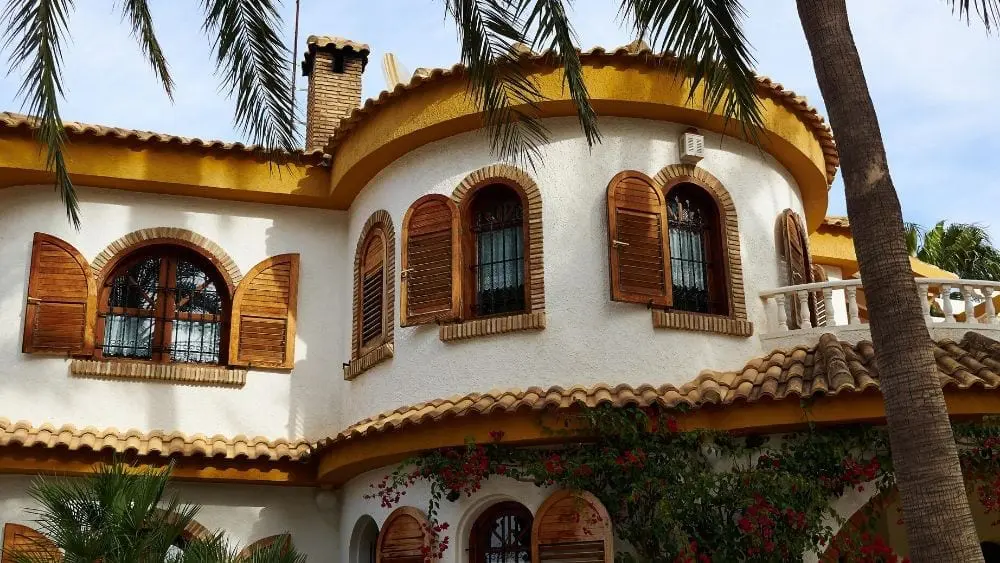
When decorating a Spanish house, opt for warm earthy tones such as terracotta, ochre, and deep browns. These colours create a cosy and inviting ambience that complements the architectural style.
Incorporating Handcrafted Pieces
Embrace the artisanal heritage of Spanish design by incorporating handcrafted pieces. From hand-painted tiles and ceramics to hand-carved wooden furniture, these unique and authentic items add character and charm to the interior.
Adding Greenery and Flowers
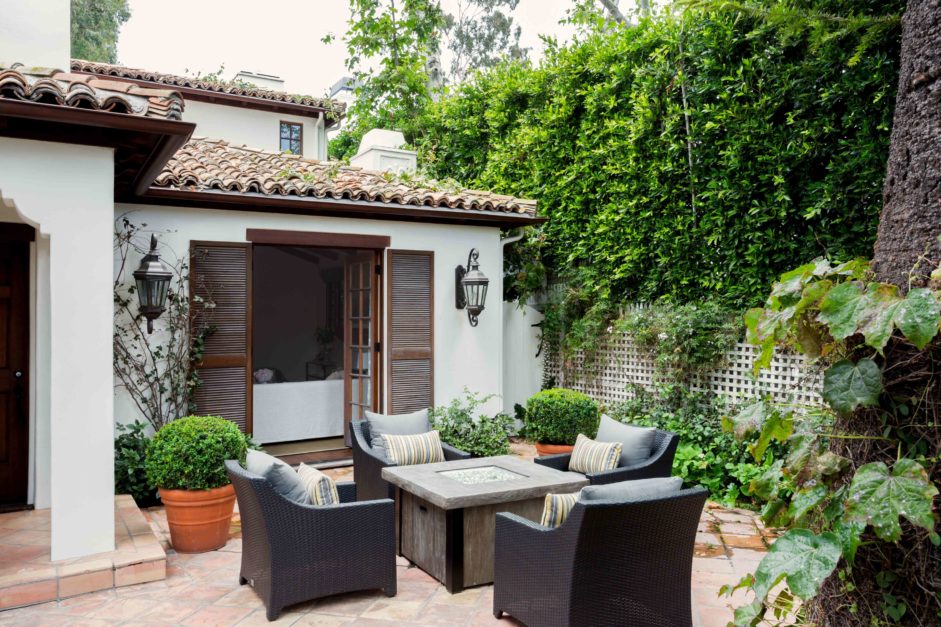
Enhance the beauty of a Spanish house by adding greenery and flowers. Potted plants, climbing vines, and blooming flowers bring life and freshness to courtyards, patios, and balconies. Choose native Mediterranean plants for an authentic touch.
From traditional elements to modern interpretations, these homes embody the rich cultural heritage of Spain. Whether it’s the rustic charm of a farmhouse, the elegance of a coastal villa, or the avant-garde appeal of modernism, Spanish houses provide a unique living experience.
FAQs (Frequently Asked Questions)
1. Are Spanish house designs expensive?
They can vary in cost depending on factors such as size, location, and materials used. While some designs may require a larger budget, there are also affordable options available.
2. Can I incorporate Spanish design elements into my existing home?
Absolutely. You can do this by incorporating features like colourful tiles, wrought iron accents, and warm earthy tones. Consider consulting with an interior designer to help you achieve the desired aesthetic.
3. Are Spanish houses suitable for all climates?
Spanish houses are particularly well-suited for Mediterranean and warm climates. However, by properly insulating and adapting them, one can modify the design elements and concepts to suit different climates and regions.
4. Are Spanish houses energy-efficient?
While traditional Spanish houses may not prioritise energy efficiency, modern interpretations often incorporate sustainable features. These may include energy-efficient appliances, insulation, and solar panels. It’s important to consider specific design choices and materials to optimise energy efficiency.
5. Can I find Spanish house design inspiration online?
Yes, there are numerous online resources where you can find inspiration for Spanish house designs. Websites, architectural magazines, and social media platforms dedicated to architecture and interior design often feature stunning examples of Spanish house designs that can spark your creativity.
Visit Graana.com for more information.
